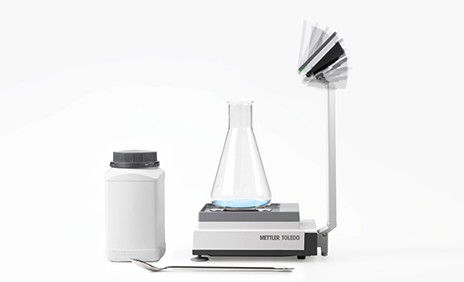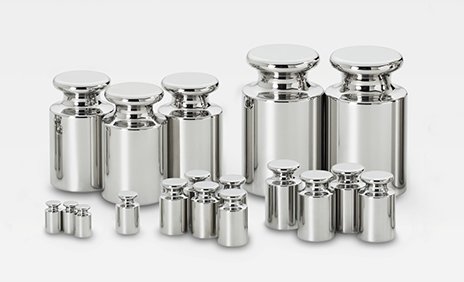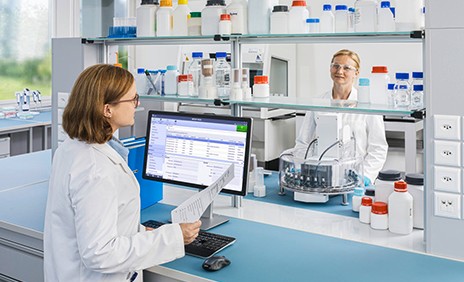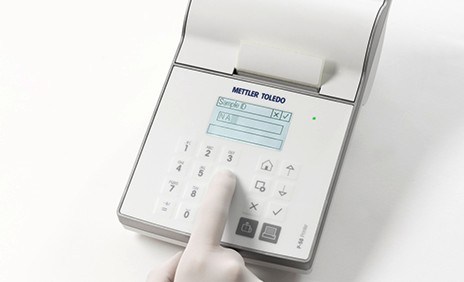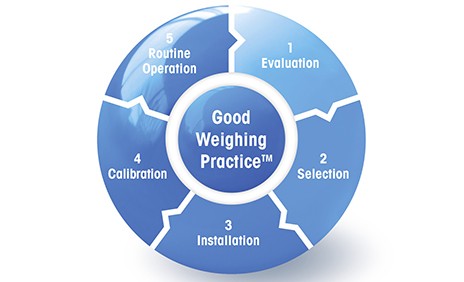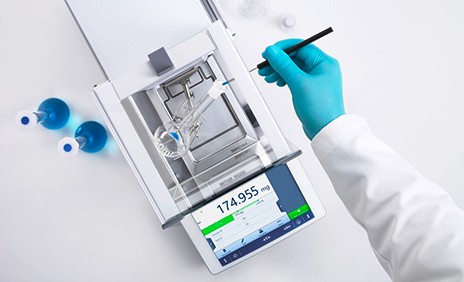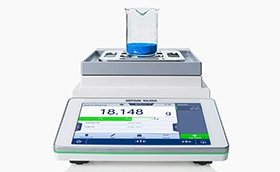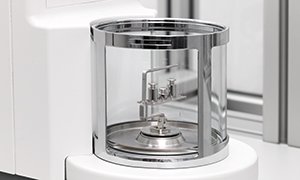
Lab Balances
A Wide Range of High-Quality and Accurate Laboratory Balances
Lab balances are highly accurate weighing instruments that measure the mass of a sample with a very high degree of precision. They are available with capacities from 2.1 g up to 64 kg and readabilities ranging from 0.0001 mg (7 decimal places) to 1000 mg (0 decimal places). Lab balances are available in different types, including microbalances, analytical, precision, and automatic balances. METTLER TOLEDO lab balances are high-quality and offer top measurement performance, simple operation, exceptional ergonomics, and support with compliance.
Advantages of METTLER TOLEDO's Laboratory Balances
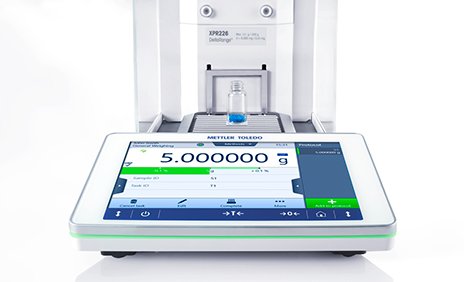
Trusted Weighing Performance
High-quality materials and superior weighing cell technology from over 75 years of experience deliver accurate and reliable weighing results for every measurement.
Intuitive and Efficient Operation
Your daily weighing tasks are faster and more efficient with an intuitive user interface allowing users of all skill levels to operate the balance quickly.
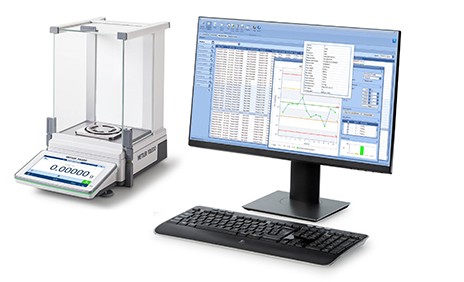
Convenient Results Reporting
Multiple connection interfaces, such as LAN, USB, and RS232, make it easy to connect your laboratory balance to a PC, printer, and barcode reader for quick and error-free transfer of weighing data.
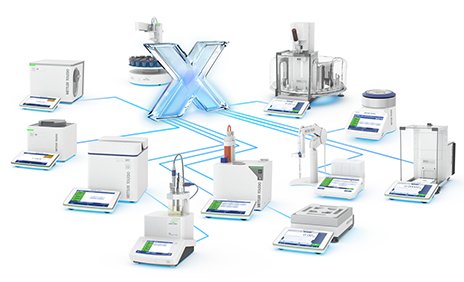
Made for Compliance
LabX™ laboratory software works with our XPR and XSR laboratory balances to take care of all your data automatically, centrally control multiple laboratory instruments and users, and support compliance with 21 CFR part 11.
Robust Design for Longevity
Metal housing, overload protection and high-quality materials contribute to your laboratory balances performing reliably for many years to come.

Easy Cleaning
Cleaning your laboratory balances is fast and easy thanks to smooth and flat surfaces and innovative design features such as quick-release draft shields.
Fast Weighing Results
The innovative weighing pans, such as SmartGrid™ and SmartPan™ Pro, minimize the effects of airflow on the weighing cell, yielding faster stabilization times and improved repeatability.

Accessories for Ultimate Flexibility
Tailor your balance to meet your exact needs. With different options for minimizing static, weighing ergonomically into a variety of vessels, performing routine pipette testing, or measuring density, we offer excellent solutions to let you make the most out of your investment.
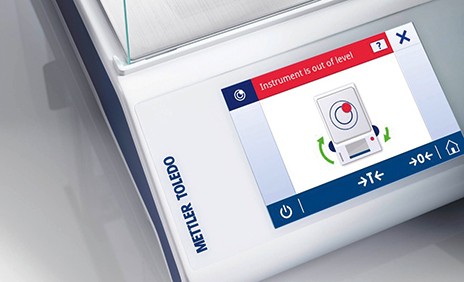
Guided Balance Leveling
The built-in balance leveling gives a warning when your laboratory balance is not level. On-screen guidance tells you how much to turn each of the adjustable feet to help you level the balance in seconds.
Tailored Service Packages
Create a customized package for your METTLER TOLEDO laboratory balance from our wide range of service offerings that fits your exact needs. Read more
FAQs
- What is a lab balance?
- What are laboratory balances used for?
- How to use a laboratory balance?
- What are the most important factors to consider when using a laboratory balance?
- What types of balances are used in laboratories?
- What is the accuracy of a laboratory balance?
- Is my lab balance fit-for-purpose?
- What is the maximum capacity of laboratory balances?
- What is the importance of a balance in a laboratory?
- How do you maintain a laboratory balance?
- How often should laboratory balances be calibrated?
What is a lab balance?
A lab balance is a highly accurate and robust weighing instrument with a capacity ranging from 2.1 g to 64 kg, and readability from 0.0001 mg (7 digits) to 1000 mg (0 digits). Laboratory balances come with smart features to simplify work, optimize workflows, and support compliance with regulations.
We have a wide range of lab balances that suit every lab application and needs. See examples of lab balances below.
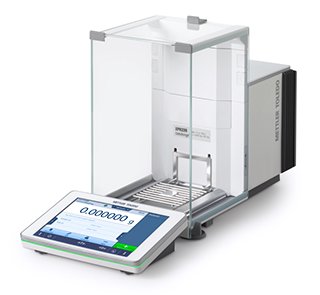 |
XPR Excellence Level Lab Balances |
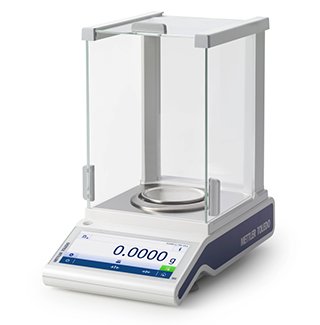 |
MS-TS Advanced Level Lab Balances |
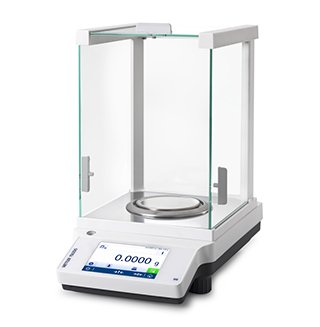 |
ME-T Standard Level Lab Balances |
What are laboratory balances used for?
Laboratory balances are used to measure mass of materials with high accuracy. They have a wide range of uses in industries such as pharmaceutical, chemical, food, battery, and are used in research and development, manufacturing, and quality control. Some example applications are the following:
- Sample and standard preparation for analyses
- Density determination
- Emission testing (filter weighing)
- Dosing and dispensing
- Formulation
Formulation application on an MS-TS lab balance:
How to use a laboratory balance?
A laboratory balance should be used under optimal conditions in a stable weighing place. For a deep dive into how to use a laboratory balance correctly, check out the Proper Weighing Guide. Refer to the section "What are the most important factors to consider when using a laboratory balance?".
When using a lab balance, ensure the balance is properly level and adjusted.
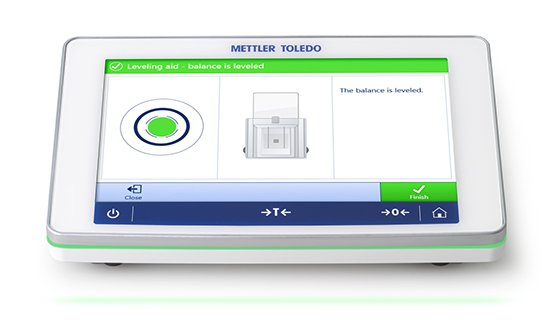 |
Press zero to weigh on your laboratory balance. If available, open the draft shield and put the tare container on the weighing pan. Gloves or tweezers may be required. Press tare and dose the sample until the target weight is reached or place the object to be weighed on the weighing pan after zeroing. If available, the draft shield door is to be closed to release the mass value. After the weighing process is completed, ensure your lab balance is clean and ready for the next weighing.
 |
What are the most important factors to consider when using a laboratory balance?
The most common factors that affect weighing accuracy when operating a lab balance are the following:
- Location of the lab balance is key to ensure it works under the best conditions available. For accurate results on your laboratory balance, consider the following: using a stable weighing bench, working in a vibration and draft free workroom, avoiding light by placing the balance on a window-free wall, and staying away from air vents.
- Physical influences also play a role in the accuracy of your weighing results. The key factors to consider are maintaining a constant room temperature and humidity between 45% and 60%, reducing electrostatics and magnetism.
- Operation of the balance is another important aspect that can influence your weighing results. Key factors include: keeping the balance switched to maintain thermal equilibrium, leveling the balance, performing regular adjustments, ensuring the reading of the balance displays zero at the start of each weighing, placing the weighing sample in the middle of the weighing pan, using an appropriate tare vessel, opening the draft shields only when needed, and cleaning the balance correctly.
XPR lab balance example measurement uncertainties in mg depending on its location in the lab:
 |
What types of balances are used in laboratories?
The types of balances used in laboratories can vary by application and lab needs. The most common types of laboratory balances include:
- Analytical lab balances (4-6 digit readability, up to 320 g capacity) – highly accurate weighing instruments commonly used for sample and standard preparation, differential weighing, density determination and routine pipette testing.
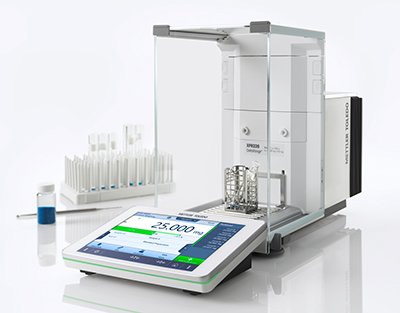 |
- Micro lab balances (6-7 digit readability, up to 52 g capacity) – exceptionally precise instruments used for weighing very small samples with a high degree of accuracy, commonly used in chemical and elemental analysis, emissions testing, and applications involving small quantities of rare, valuable, toxic, or potent substances.
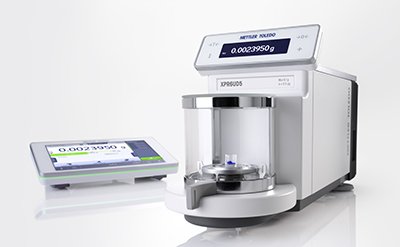 |
- Automatic balances – lab balances that automatically dispense powders and liquids, eliminating repetitive, time-consuming manual weighing, and improving overall process efficiency and accuracy.
 |
- Precision lab balances (0-4 digit readability, up to 64 kg capacity)– accurate, robust weighing instruments often used in laboratories and manufacturing environments for sample and standard preparation, formulation, statistical quality control, and counting.
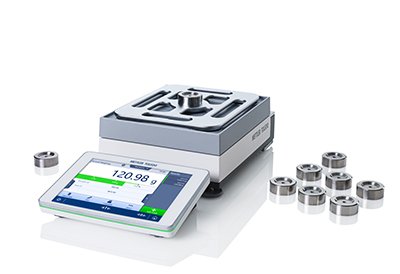 |
What is the accuracy of a laboratory balance?
For lab balances to be accurate, the measured mass must be close to the true value of the applied weight, and repeated weighing of the same mass must have low scatter. A lab balance is accurate when its results are both true and precise, as illustrated in the image below:
 |
Is my lab balance fit-for-purpose?
Whether your laboratory balance is fit-for-purpose depends on:
- If it meets your process and quality requirements
- If your smallest net weight is larger than the minimum weight
- If you weigh in the safe weighing range
To determine this, please check out our Good Weighing Practice GWP® and get in touch with us.
 |
What is the maximum capacity of laboratory balances?
The maximum capacity of a laboratory balance varies depending on its type. The maximum capacities of METTLER TOLEDO lab balances by type are listed below:
- Analytical lab balance: 320 g
- Precision lab balance: 64 kg
- Automatic lab balance: 520 g
- Micro-analytical lab balance: 52 g
- Micro lab balance: 10 g
Make sure you know the maximum weight of your samples, including their tare vessels, so you select the balance that fits your needs.
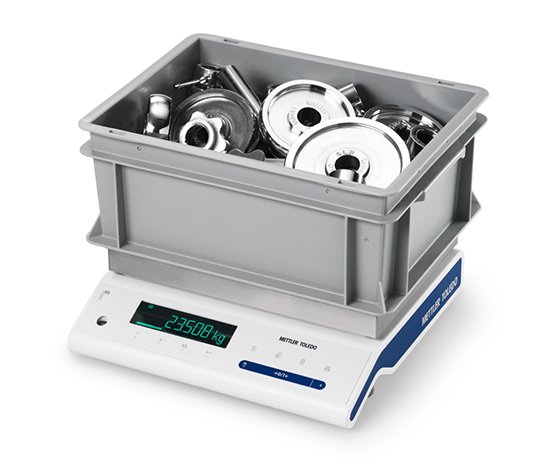 |
What is the importance of a balance in a laboratory?
A laboratory balance is an important tool in any laboratory setting. It is used to measure the mass of various substances and materials with a high degree of accuracy. Balances are used in a variety of applications in lab and manufacturing environments including weighing test materials, sample preparation, formulation, density analysis, purity analysis, emissions testing, quality control, material and conformity testing, and routine pipette testing.
Laboratory balances are critical in many labs because they provide the most accurate measurement of various substances for experiments and analyses. This is highly relevant for the following reasons:
- Quality control: A laboratory balance is often used to prepare samples and standards required for product analysis. This helps to ensure consistent quality and safety of intermediate and final products.
- Experimentation: A laboratory balance is a key tool in many types of scientific experimentation, from chemical reactions to physical measurements. Accurately measuring the mass of different reagents and samples is often a crucial step in many experiments.
- Compliance: In many cases, regulatory bodies require that laboratory measurements be made using highly accurate and calibrated equipment.
- Cost savings: Accurate measurement of materials with a laboratory balance can help reduce waste, save money and increase efficiency by using the correct amount of each material in a process.
How do you maintain a laboratory balance?
Regular routine testing along with scheduled calibrations and frequent cleaning will greatly prolong the life of your balance and maintain its accuracy. Our GWP® Verification provides you with a quality assurance plan for the highest reliability for your balances over time.
How often should laboratory balances be calibrated?
Lab balances need to be calibrated regularly to ensure continued accuracy over their lifetime. The frequency of calibration depends on the use of the device, the environment, and the importance of the weighing results. For effective, efficient and reliable calibration of weighing instruments, you need expertly manufactured test weights to check the performance of your weighing device.
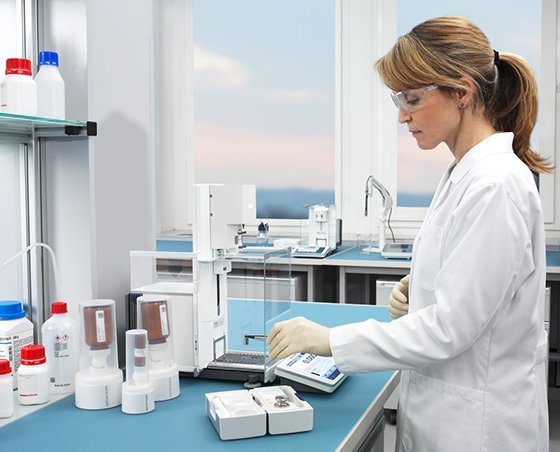 |


